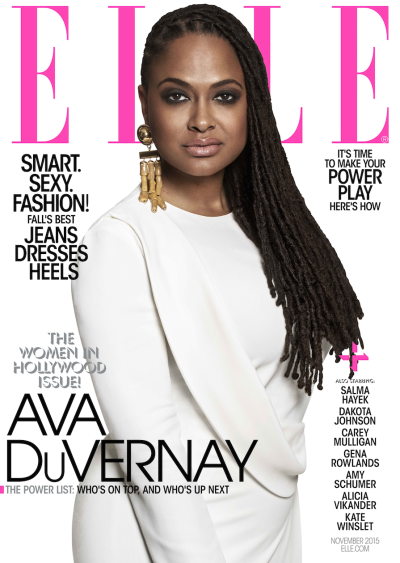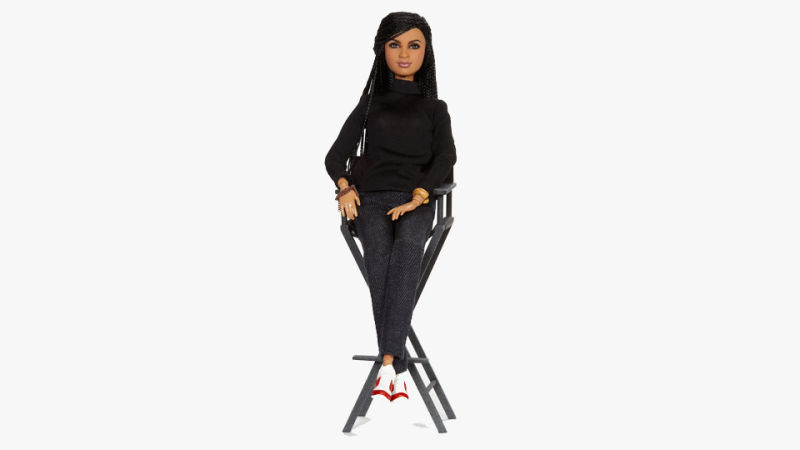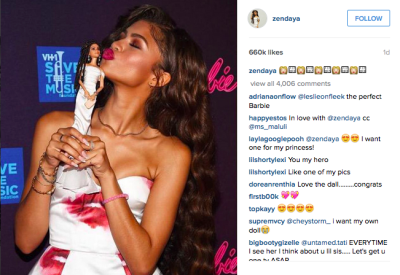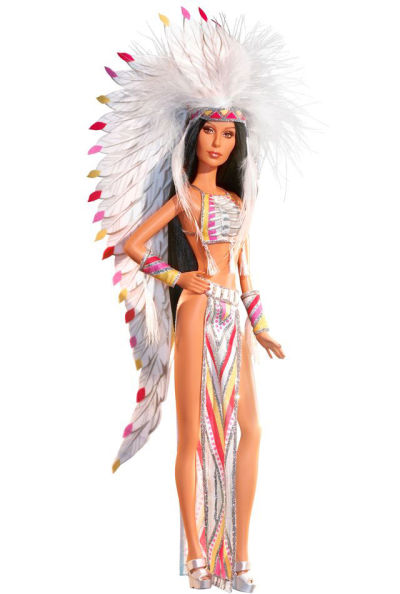You may have seen her summoning queens of past and present to serve up the regal pose featured on Elle Magazine’s November cover. Perhaps you glimpsed her filmmaking magic in the Academy Award-nominated film Selma. And if you’re a Star Wars fan, you’re likely aware that director J.J. Abrams has expressed interest in tapping her as the first woman to produce a film for the franchise.
As if that’s not #BlackGirlMagic overload, add one more accomplishment to Ava DuVernay’s impressive scroll: This week, the filmmaker was immortalized as Barbie.
DuVernay’s doll, complete with director’s chair, was released in early December as part of Barbie’s Shero collection, a line started by a female entrepreneur and mother in order to "honor and encourage powerful female role models who are leaving a legacy for the next generation of glass ceiling breakers," according to the company. Other notable names in the collection include Lucky magazine editor Eva Chen and 5-year-old fashion designer Sydney "Mayhem" Keiser.
But this isn’t the first time the multinational toy-making giant has lept out of their lane with a refreshing replica.
Our @AVAETC #Barbie doll is here! Get yours on https://t.co/oJUDI5HvEA at 10am PST! #Shero #YouCanBeAnything pic.twitter.com/0Xp6YnTS7E
— Barbie (@Barbie) December 7, 2015
In September, social media feeds were abuzz with images of a miniaturized version of Bay Area-born model/singer/actress Zendaya, who was honored with a doll immortalizing her 2015 Academy Award red carpet look.




